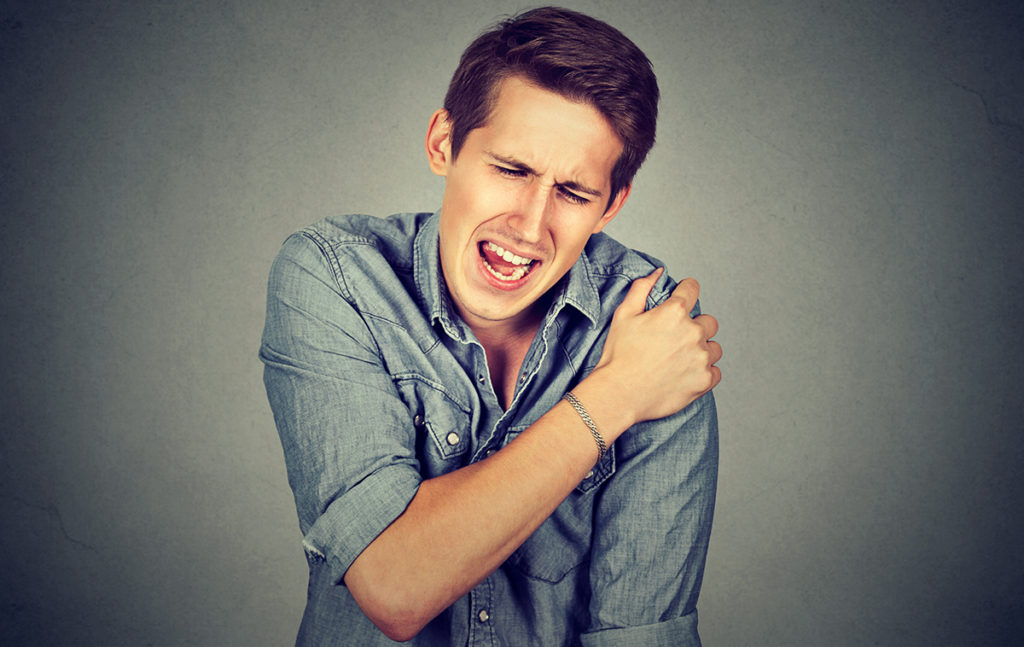 In practice I see and treat many shoulders issues. However, a large portion of clients never mentions their shoulder pain and dysfunction as they believe it cannot be resolved. Understanding that structure and function are interrelated empowers us to see that there is hope for complete recovery.
In practice I see and treat many shoulders issues. However, a large portion of clients never mentions their shoulder pain and dysfunction as they believe it cannot be resolved. Understanding that structure and function are interrelated empowers us to see that there is hope for complete recovery.
Finding pain relief solutions by just tapping the surface will not always make the cut and help you recover. This makes it necessary to take care of problems deep inside muscle tissues. As advised by many medical personnel, it is a healthy practice to seek help from wellness spas, perhaps by searching for “massage near me” on the web. This could help address tissue health and correct muscular imbalance, which could thereby allow a complete recovery.
This also highlights the importance of the scapula in normal shoulder motion. The scapula, with the glenoid as its contact point, forms the platform for humeral head articulation and motion. A stable platform is essential for normal shoulder biomechanics in everyday activities and is crucial for high-demand activities like overhead sports or work.
A rotator cuff is a group of 4 muscles that all originate from the scapula (shoulder blade) and insert on the superior aspect of the humerus or upper arm. They assist in the internal and external rotation of the arm. Think about throwing motions and reaching the arm behind the back. The area where the shoulder blade, collar bone, and upper arm meet is compact, and friction from excessive unsupported movement wears down the connection of muscle and bone.
Weakness or insufficiency of the rotator cuff muscles results in increasing demands on the static stabilizers. If these demands are long-term or recurrent, static stabilizers may begin to fail. The body will respond by shifting muscular work to healthier tissues and start the inflammatory processes. These muscles then fatigue, go into spasms, and form trigger points to support the area. Left untreated the tissue frays and tears away from the bone resulting in pain and limited function. Pain may inhibit rotator cuff muscle firing, leading to disuse and further weakening of the dynamic stabilizers with greater demands placed on the static stabilizers.
This pain can be mild at the initial stages of the tissues fraying away, but it can quickly become sharp and excruciating. It is common for individuals to turn to painkillers or alternative medications such as cannabis to cope with the pain. You might be familiar with a few products that can be used for reducing pain, such as CBD oils, tinctures, and even high-potency CBD flowers that can be smoked using something like a dry herb vaporizer (more about this product on E Architect). However, before using any, individuals should ideally consider consulting a medical marijuana doctor near them. The pain would typically subside after consumption of marijuana, but the problem of torn tissues still needs to be addressed.
Addressing the tissue health after correcting muscular imbalance will allow complete recovery. Essentially you want to correct the cause of the tissue damage, not just repair it. Otherwise, we are left with incomplete healing at best, and setting ourselves up for reinjury at worse. Partnering with a healthcare provider well versed in muscle evaluation and activation technique is crucial for permanent recovery from shoulder pain and dysfunction – pre or post-operative.
By Dr. Jeff Luke DC